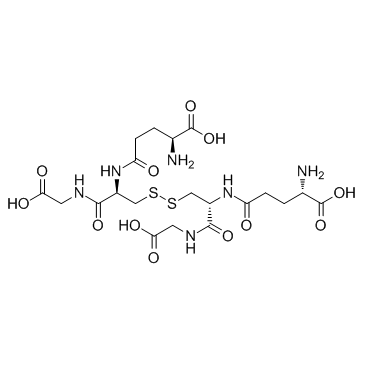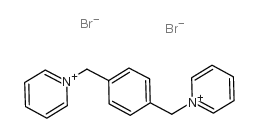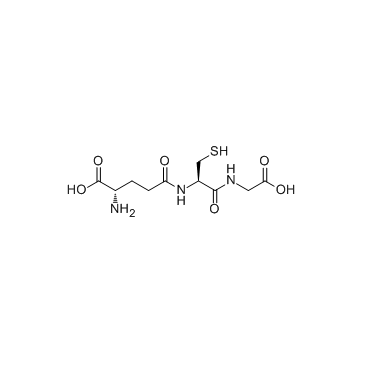| Structure | Name/CAS No. | Articles |
|---|---|---|
 |
(2H12)Perylene
CAS:1520-96-3 |
|
 |
L(-)-Glutathione
CAS:27025-41-8 |
|
 |
Methanol
CAS:67-56-1 |
|
 |
ethyl acetate
CAS:141-78-6 |
|
 |
2,4-Dinitrochlorobenzene
CAS:97-00-7 |
|
 |
Resorufin
CAS:635-78-9 |
|
 |
dpx
CAS:14208-10-7 |
|
 |
Glutathione
CAS:70-18-8 |
|
 |
L-Glutathione oxidized disodium salt
CAS:103239-24-3 |